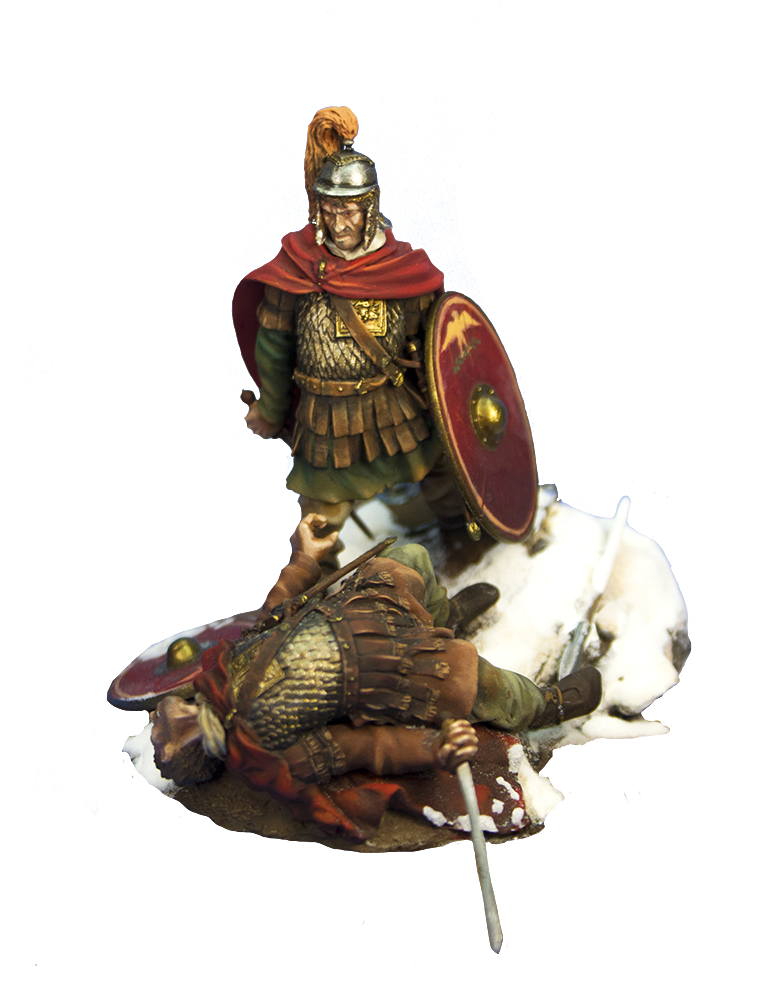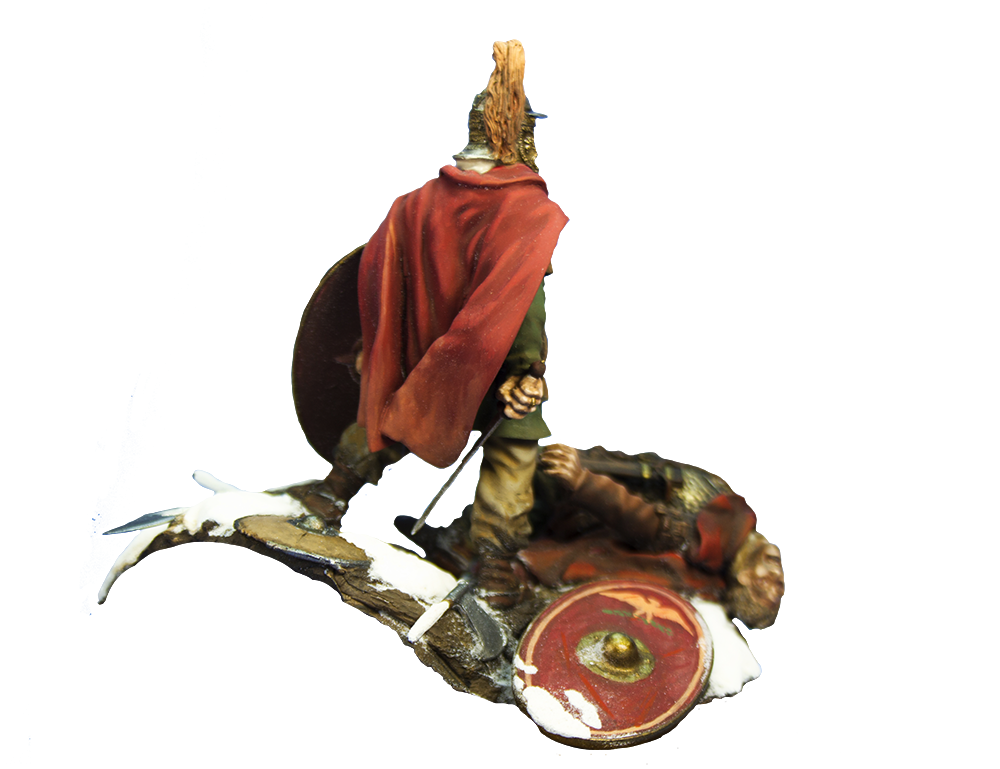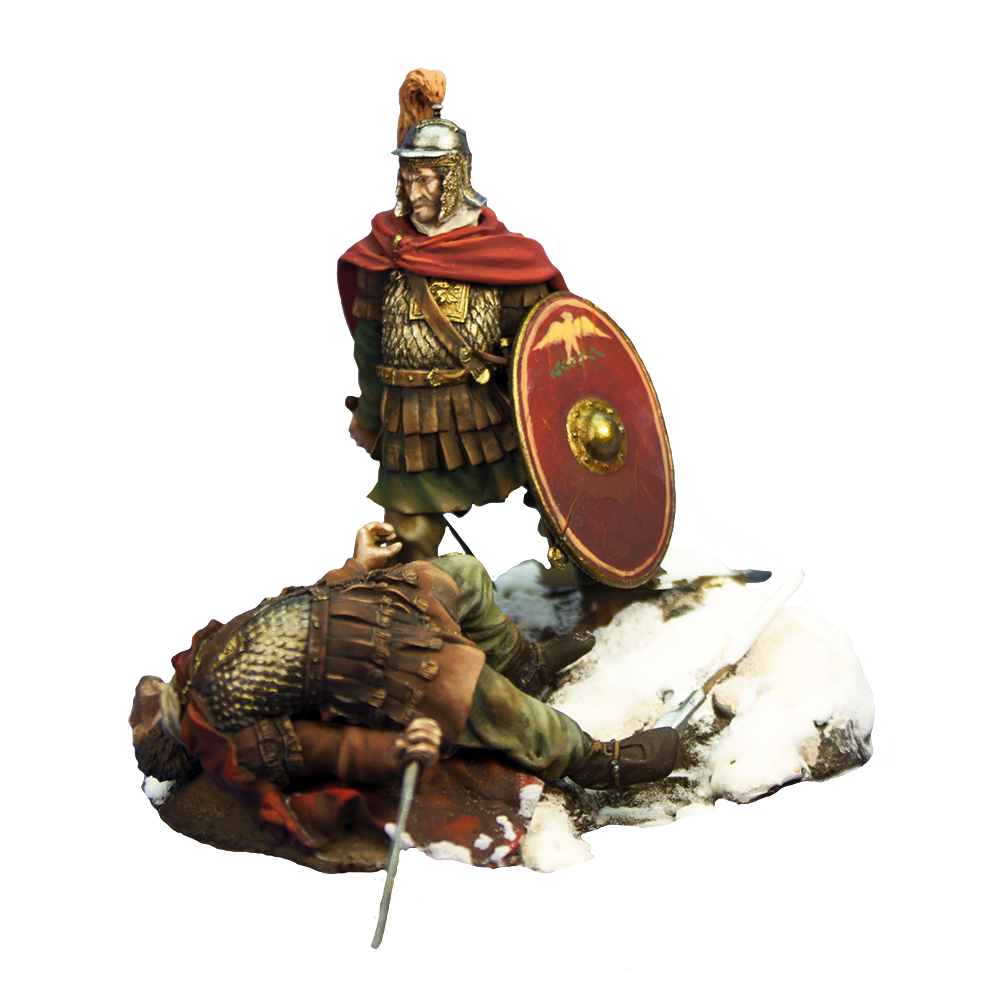The Limes Germanicus (Latin for Germanic frontier) is the name given in modern times to a line of frontier (limes) fortifications that bounded the ancient Roman provinces of Germania Inferior, Germania Superior and Raetia, dividing the Roman Empire and the unsubdued Germanic tribes from the years 83 to about 260 AD. The Limes used either a natural boundary such as a river or typically an earth bank and ditch with a wooden palisade and watchtowers at intervals. A system of linked forts was built behind the Limes.
The path of the limes changed over time following advances and retreats due to pressure from external threats. At its height, the Limes Germanicus stretched from the North Sea outlet of the Rhine to near Regensburg (Castra Regina) on the Danube. These two major rivers afforded natural protection from mass incursions into imperial territory, with the exception of a gap stretching roughly from Mogontiacum (Mainz) on the Rhine to Castra Regina.
Roman border defences have become much better known through systematic excavations financed by Germany and through other research connected to them. In 2005, the remnants of the Upper Germanic & Rhaetian Limes were inscribed on the List of UNESCO World Heritage Sites as Frontiers of the Roman Empire. In 2021, the Lower Germanic Limes were separately inscribed on the World Heritage List.
The Saalburg is a reconstructed fortification and museum of the Limes near Frankfurt.
| Peso | 0,550 kg |
|---|---|
| Dimensioni | 12 × 7 × 4 cm |
| sculpted by | Ezio Pannitteri |
| painted by | Alessandro Barbi |
Related Products
-
-
French Volunteer – Holland 1794
24,00 €French Volunteer – Holland 1794 54mm metal kit figure – cod.FRV-006
-
Lambertino Lambertini – battle of Fossalta 1249
59,00 €Lambertino Lambertini – battle of Fossalta 1249 54mm metal kit figure – cod. FRV-022
-
Saracen Raid IX cent.
50,00 €Il prezzo originale era: 50,00 €.40,00 €Il prezzo attuale è: 40,00 €.Saracen Raid IX cent., 2 figures – cod. FRV-036















Recensioni
Ancora non ci sono recensioni.